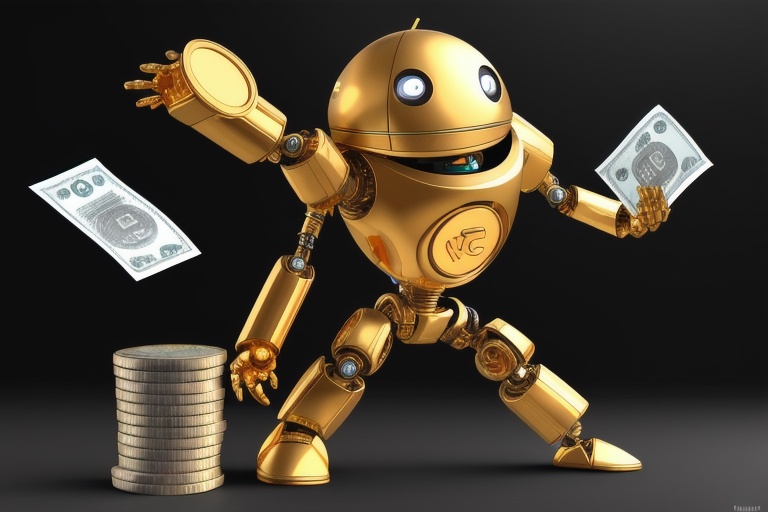In a landmark decision that has sparked considerable conversation among technologists, legal experts, and artists alike, Judge Beryl A. Howell of the DC District Court has ruled on the capability of artificial intelligence to hold copyright protections. The case of Thaler v. Perlmutter saw Stephen Thaler petitioning the court for copyright on a piece of art created autonomously by his AI system, named the "Creativity Machine." Thaler asserted his right to the copyright as the owner of the innovative AI model. However, the court invalidated his claim, upholding the principle that copyright is contingent upon human authorship, a foundational element of copyright law.
In a landmark decision that has sparked considerable conversation among technologists, legal experts, and artists alike, Judge Beryl A. Howell of the DC District Court has ruled on the capability of artificial intelligence to hold copyright protections. The case of Thaler v. Perlmutter saw Stephen Thaler petitioning the court for copyright on a piece of art created autonomously by his AI system, named the "Creativity Machine." Thaler asserted his right to the copyright as the owner of the innovative AI model. However, the court invalidated his claim, upholding the principle that copyright is contingent upon human authorship, a foundational element of copyright law.
This ruling echoes the position of the United States Copyright Office, which posits that copyright is reserved for works that are the product of human creativity. The court's decision sends a strong message that the introduction of artificial intelligence into the creative process does not warrant the extension of copyright to non-human entities.
The Implications of AI in the Realm of Copyright
The Thaler v. Perlmutter case opens a gateway to introspection on the significance and necessity of human touch in copyrightable works. The conversation this ruling invites concerns the level of human intervention that is considered adequate for a work to qualify for copyright protection—an area still clouded in uncertainty.
Defining Human Involvement in AI-Created Works
The Copyright Office maintains that a piece bearing insubstantial material, yet revised or enhanced by a human, may indeed be eligible for copyright registration. The crux of the issue moving forward hinges on the determination of what degree of human contribution is considered enough for original authorship and therefore copyrightable.
The Future of AI and Copyright Law
As the dust settles on the decision of Thaler v. Perlmutter, it is evident that this is not the culmination but rather the beginning of a broader debate. Will the legislators take the baton and establish definitive criteria that outline the protective reach of copyright in the context of AI-generated works? Or will the courts continue to pave the path through similar adjudications? It is crucial that we continue to monitor these developments attentively.
Staying Informed with Evolving Dynamics
The relationship between AI and copyright is clearly an evolving one, with implications for creators and legal practitioners alike. Keeping abreast of these changes and understanding their implications is vital for those at the forefront of technology and copyright law. To this end, subscribing to informed channels for updates and in-depth analysis remains indispensable.
Through continuous dialogue and analysis, we can navigate the complex terrain where technological advancements intersect with longstanding legal frameworks. As we forge ahead, the discussions and decisions made today will unquestionably shape the creative and legal landscapes of tomorrow. Stay tuned for ongoing coverage and thought-provoking content that delves into these issues and beyond.
Information for this article was gathered from the following source.


